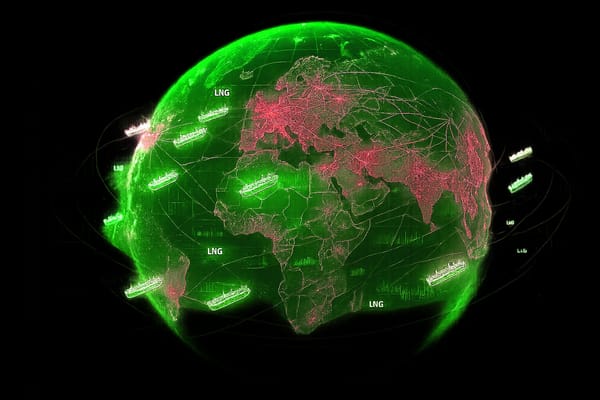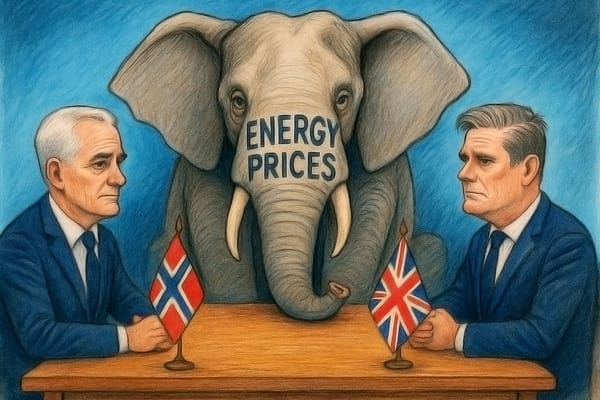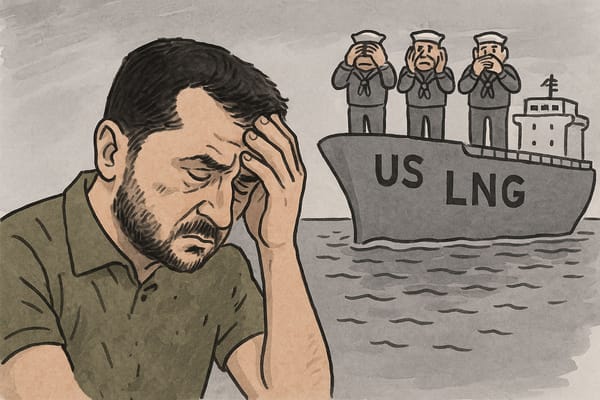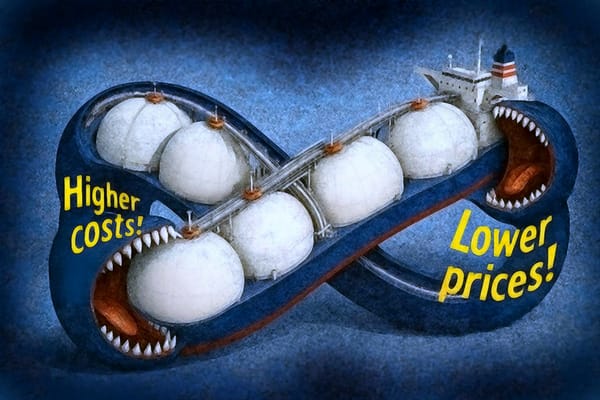❄️Frozen out of a warming Arctic🔥
DEEP DIVE: Is Russia losing its grip on Arctic energy resources?


Member discussion: ❄️Frozen out of a warming Arctic🔥
Read what members are saying. Subscribe to join the conversation.
DEEP DIVE: Is Russia losing its grip on Arctic energy resources?


Read what members are saying. Subscribe to join the conversation.

New downloadable slide deck in PDF and PPSX formats, for convenient offline viewing

If we want to avoid populist parties weaponising energy prices we need to think differently, starting with trade relationships between the UK and Norway.

From moral high ground to marked silence: the new US stance on Ukrainian corruption

The American gas export boom risks becoming a victim of its own success. Can the waning shale sector pull off a production miracle?